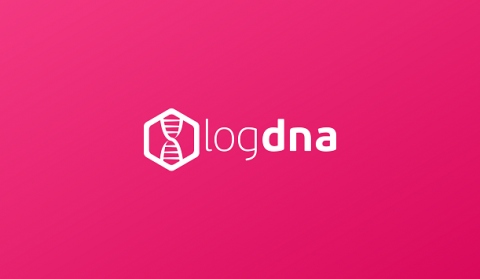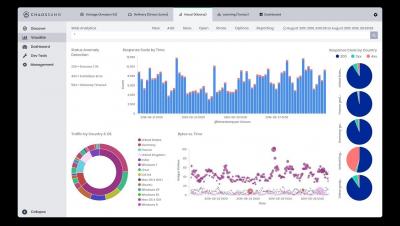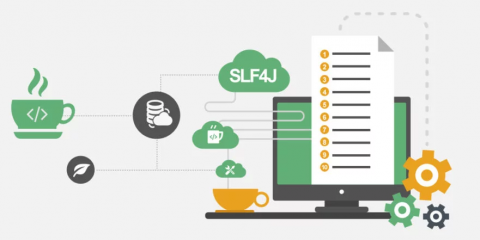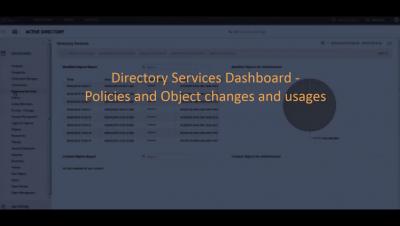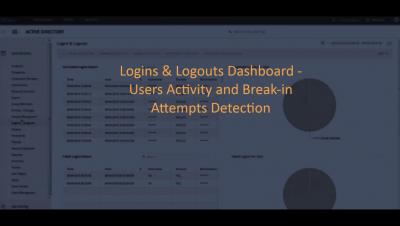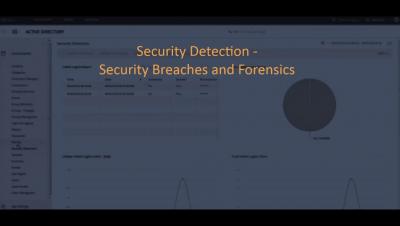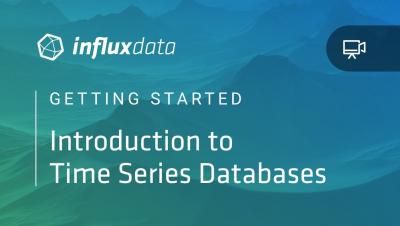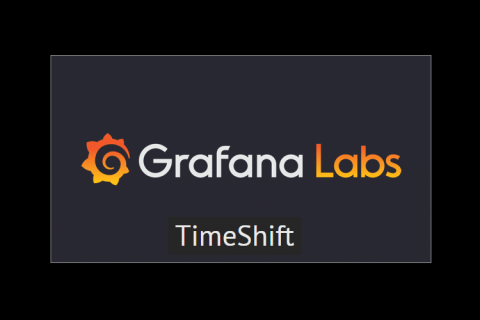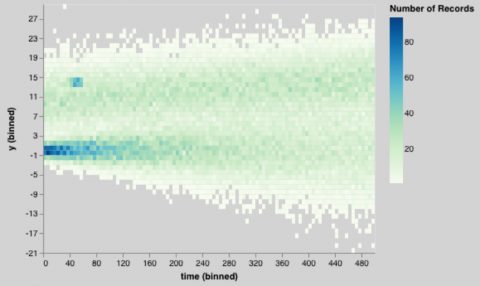Introducing Custom Parsing on LogDNA: A dead simple way to define your own log parsing rules
We’re excited to announce that LogDNA’s built-in log parser offers custom parsing, now available in beta. This means you can now use our step-by-step wizard to wrangle non-standard log formats and run custom transformations on your logs, allowing you to easily search and graph log lines that were previously off limits. The best part is, it’s a simple three step process: search, extract, validate… done!


